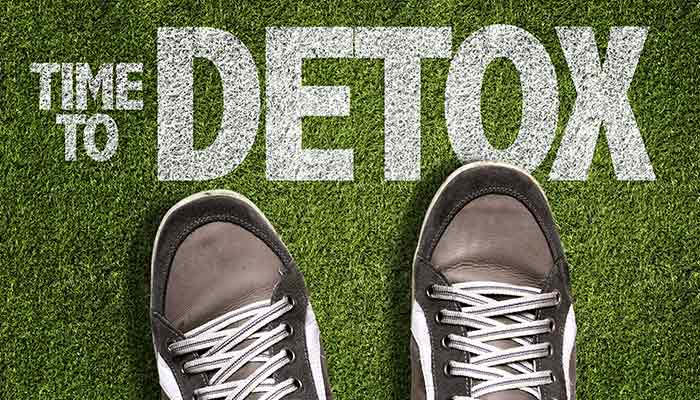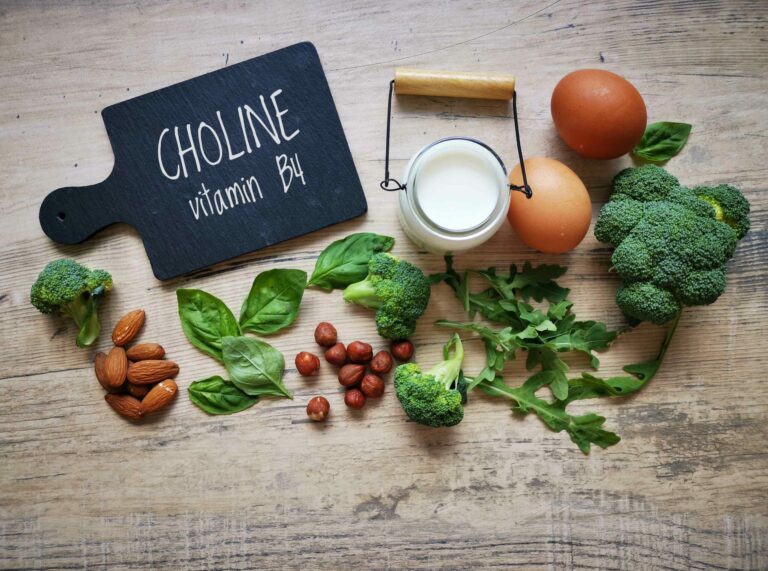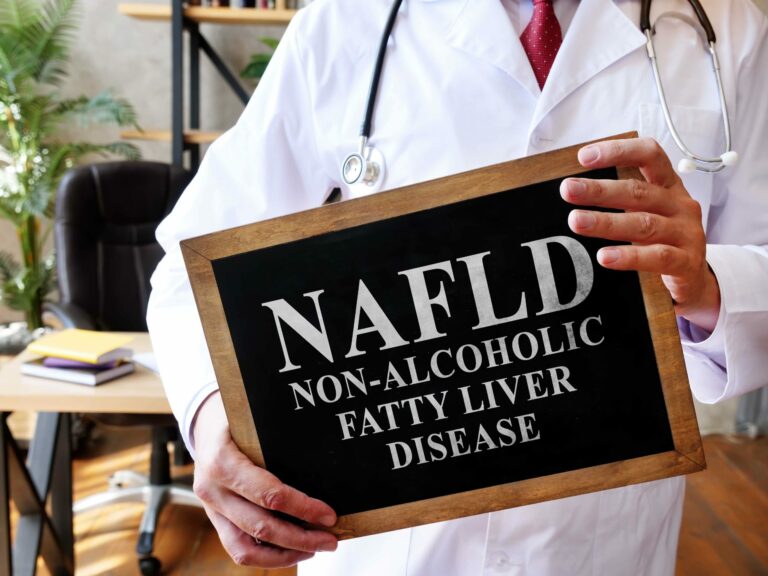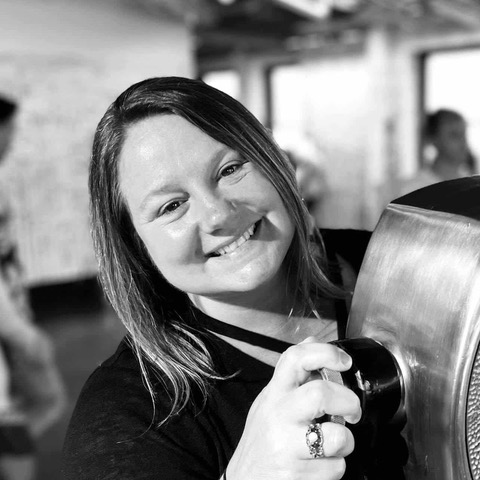Detox is a hot word in the “get healthy movement.” I know, even as a doctor, I didn’t truly understand what “detox” meant before becoming functional medicine trained. Where did certain foods fit in? Did I have to get some kind of enema? Did I have to fast? Detox is not that complicated and quite honestly, although it is extremely important, it does not require any magic formulas or enemas (whew). There is a lot of money made on “Detox” programs but it really is quite simple and I hope to lay that out for you.
Detox is the way our body removes the toxins or substances that are a burden on your body. These toxins have increased significantly over the last 50 years, and our body’s ability to keep up with all the new toxins we have never experienced (i.e. heavy metals, chemicals including herbicides and pesticides, cosmetics, and food additives), is being compromised even further by our Standard American Diet (SAD- and if you like, you can substitute “standard,” with another word that starts with “S,” rhymes with Schmitty, and is more fun to say). The SAD diet is full of sugar, food allergens (gluten and dairy), and many more toxins, especially if not organic. So, to say the least, there is an increased burden on the detox system to get rid of this MUCH increased toxic load.
How do we rid our body of toxins? Through our liver. So when we say detox, we are talking about the liver’s ability to transform toxin into non-toxins which can then be eliminated through urine, bile, or stool.
There are two major choke points here. The first is the liver and its ability to transforms toxins. The second is elimination. We will start with the liver.
Many detox plans start with fruits and vegetables to help jumpstart the liver, sometimes this is a “juice fast”. As my daughter likes to say, that is “Cray, Cray” and congratulations you have just made the detox situation worse (It’s OK if you didn’t know this, there are companies out there selling detox packages this way and one of the reason’s I no longer use a well-known company for my supplement needs because of their backwards detox program). The reason this is bad is because there are 2 phases to detox in the liver. Phase 1 takes a fat-soluble substance (cannot be excreted in urine, bile, and feces) and creates an even more toxic substance so that it can be transformed to a water-soluble substance that can be excreted after Phase 2. So, if Phase 2 is not ready for the increased toxic load of Phase 1, voila’ (I know some French), you have set yourself back and caused more toxic damage.
So, it is important in the detox pathway to have plant or animal protein and the necessary nutrients for Phase 2-(see diagram) before stampeding toward Phase 1. The diet needs balance to detox. Cruciferous vegetables, fibrous foods, and a good source of plant/grass fed animal protein is good place to start. Sometimes a good protein source in the form of a powder is a nice way to make sure you are covering the bases for both Phase 1 and Phase 2 such as Opticleanse GHI or Core Restore. Sometimes this is supported by a capsule that covers both phases like Liver-GI Detox. So now we have the toxins ready for the express train to elimination for good, so how do we get the train to show up so the passengers don’t wander off.
If we can’t eliminate, we just recycle the toxins and it’s back to square one. Detox requires a lot of energy so we want to make sure that all this effort is not wasted.
- If we don’t poop regularly then we recycle toxins produced in bile.
- If we don’t drink enough water and concentrate our urine, we don’t detox well.
- If we ignore fiber (whole fruits and vegetables), we don’t detox well as bile is directly affected by fiber and flow is decreased without soluble fiber.
Elimination is key, so if you are a Diet Coke swilling, non-pooping, McDonald’s eating sap, woe be to your detox pathway, because all three forms of elimination are being compromised.
The takeaway is this: We don’t have to do a special detox every 5-6 months. We can detox every day by making sure that we are getting the essential amino acids and nutrients of phase 2 (good protein source) along with the very important fruits and vegetables which help with both phase 1 and 2. We then can make sure we are not constipated (change our diet to eliminating constipating things like gluten, dairy and processed food and increase fiber, fermented foods, and magnesium), drink more water, and eat whole foods.
Not complicated and very doable.
Dr. Nathan Morris, MD





